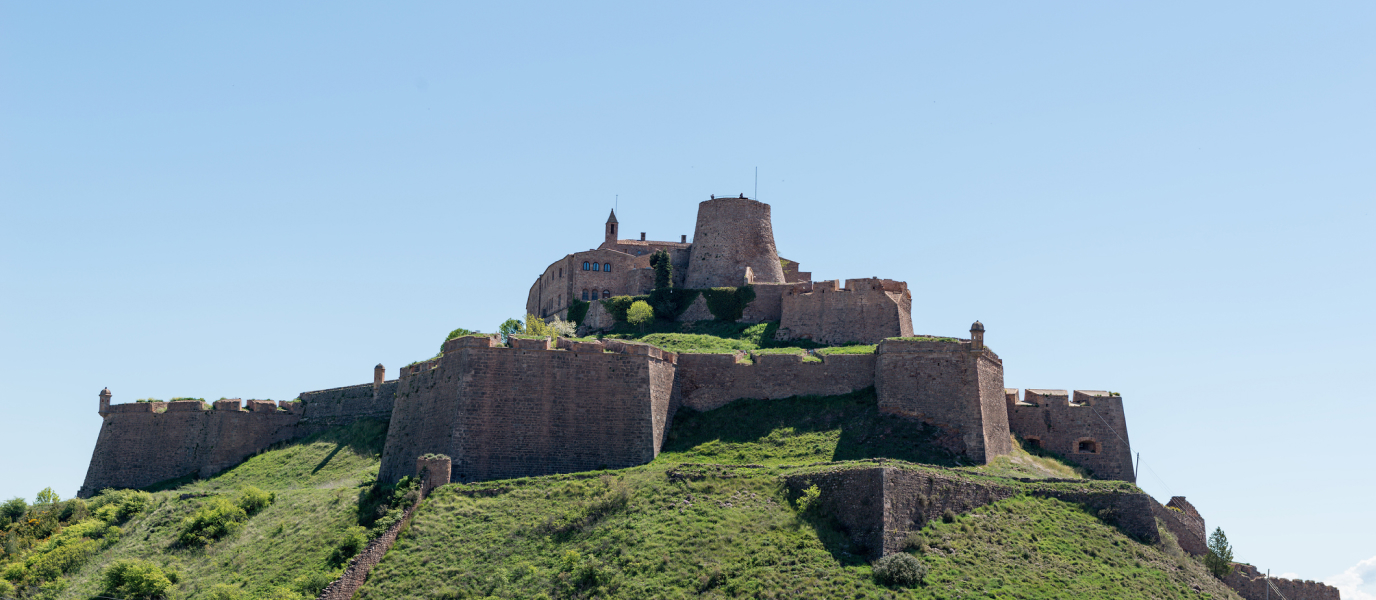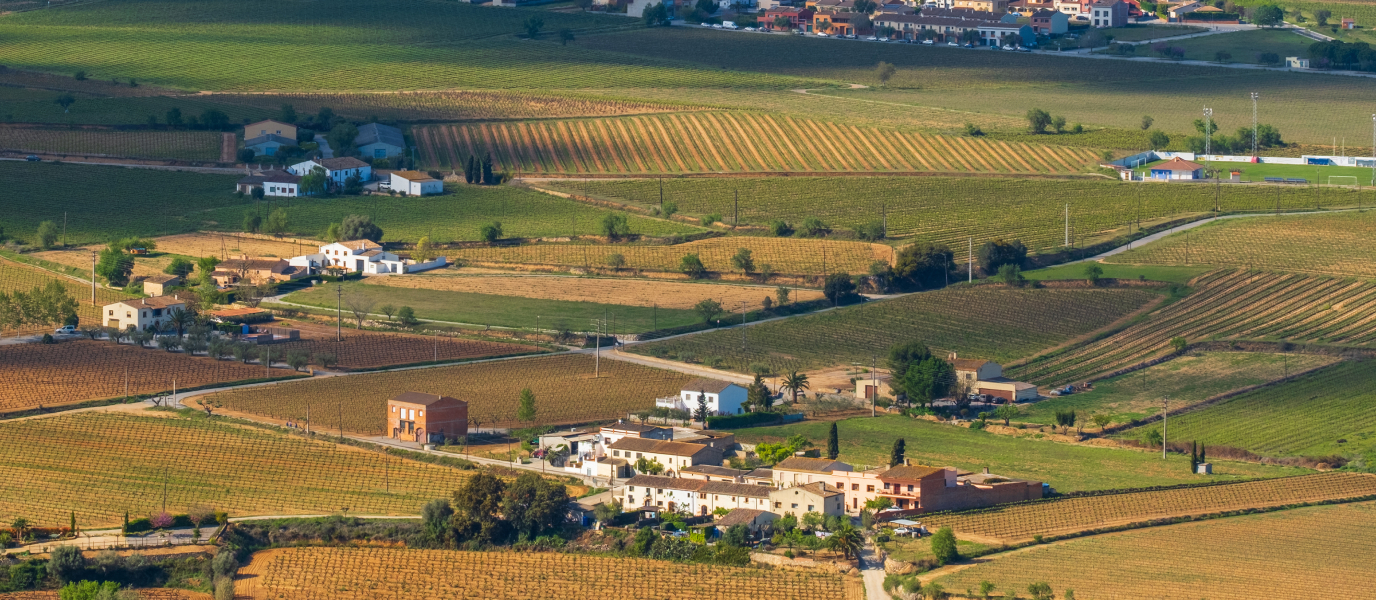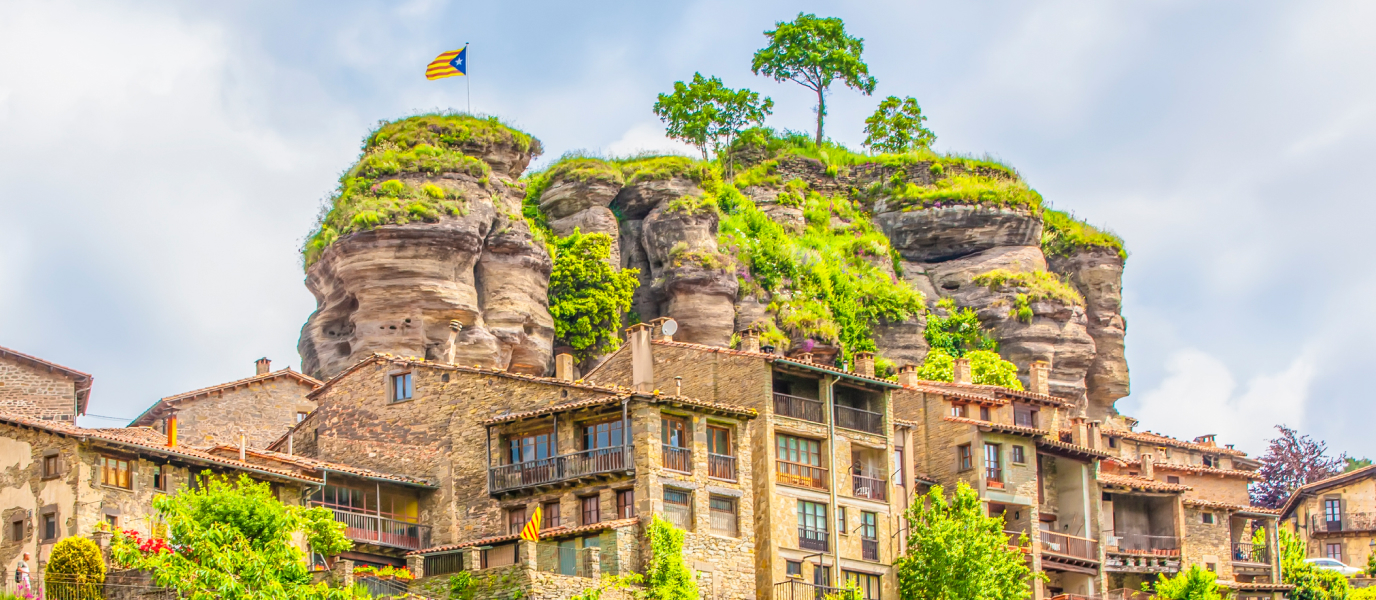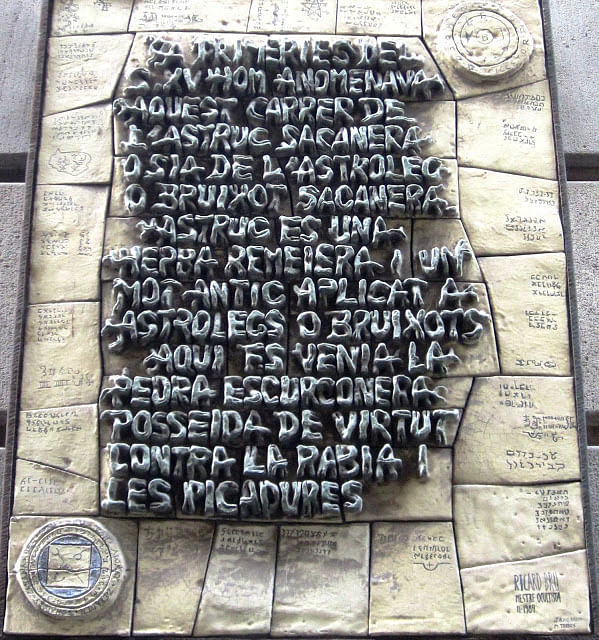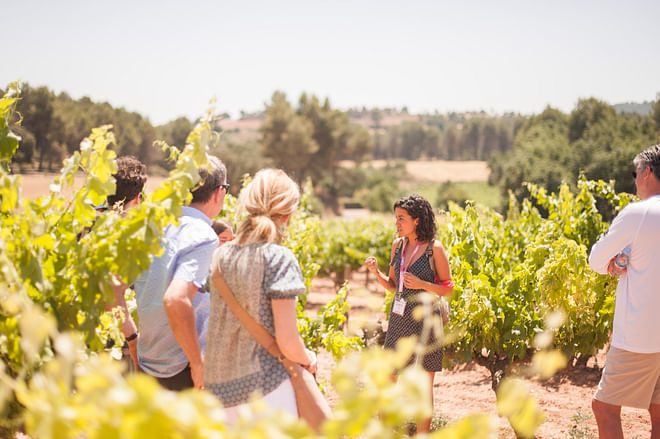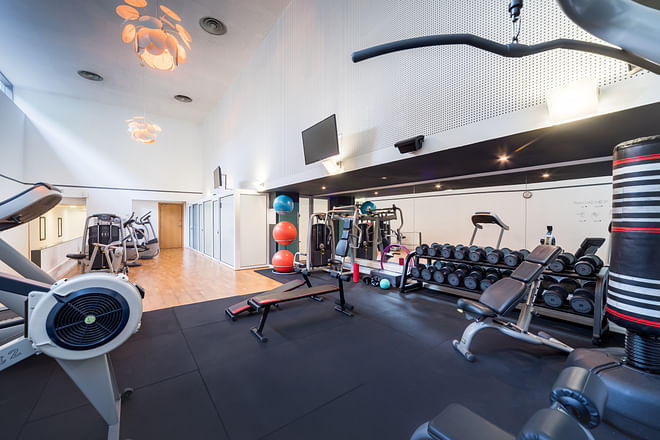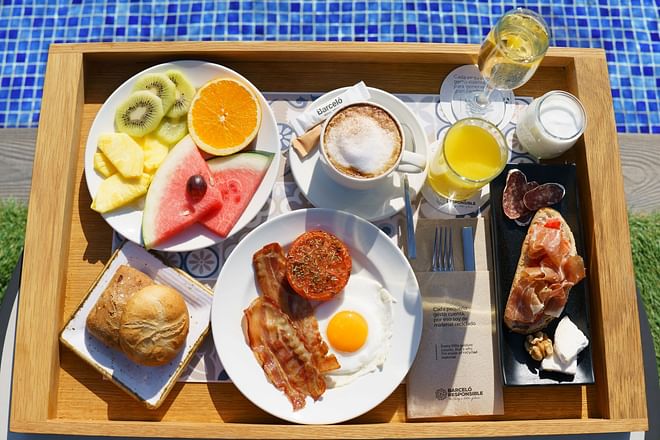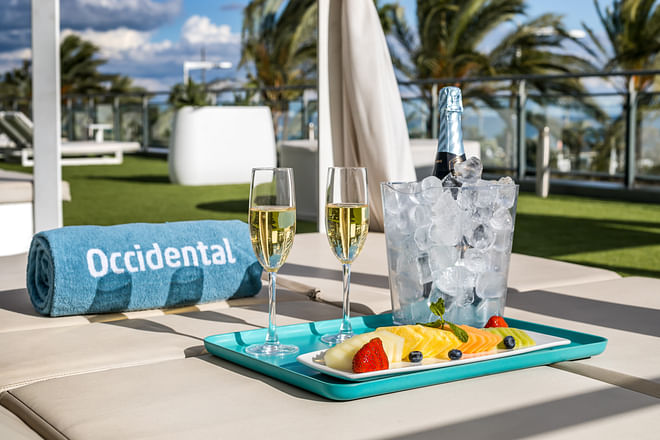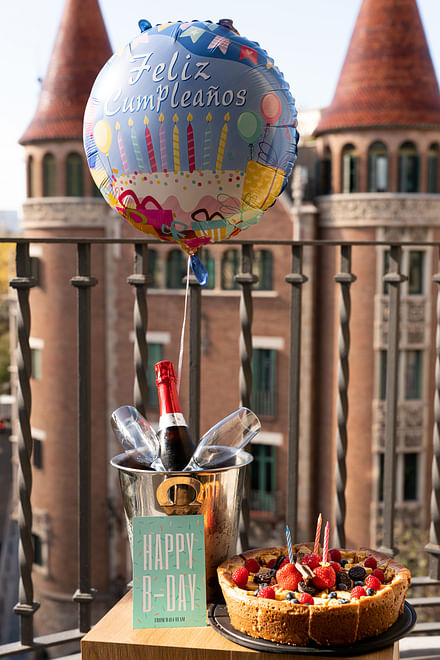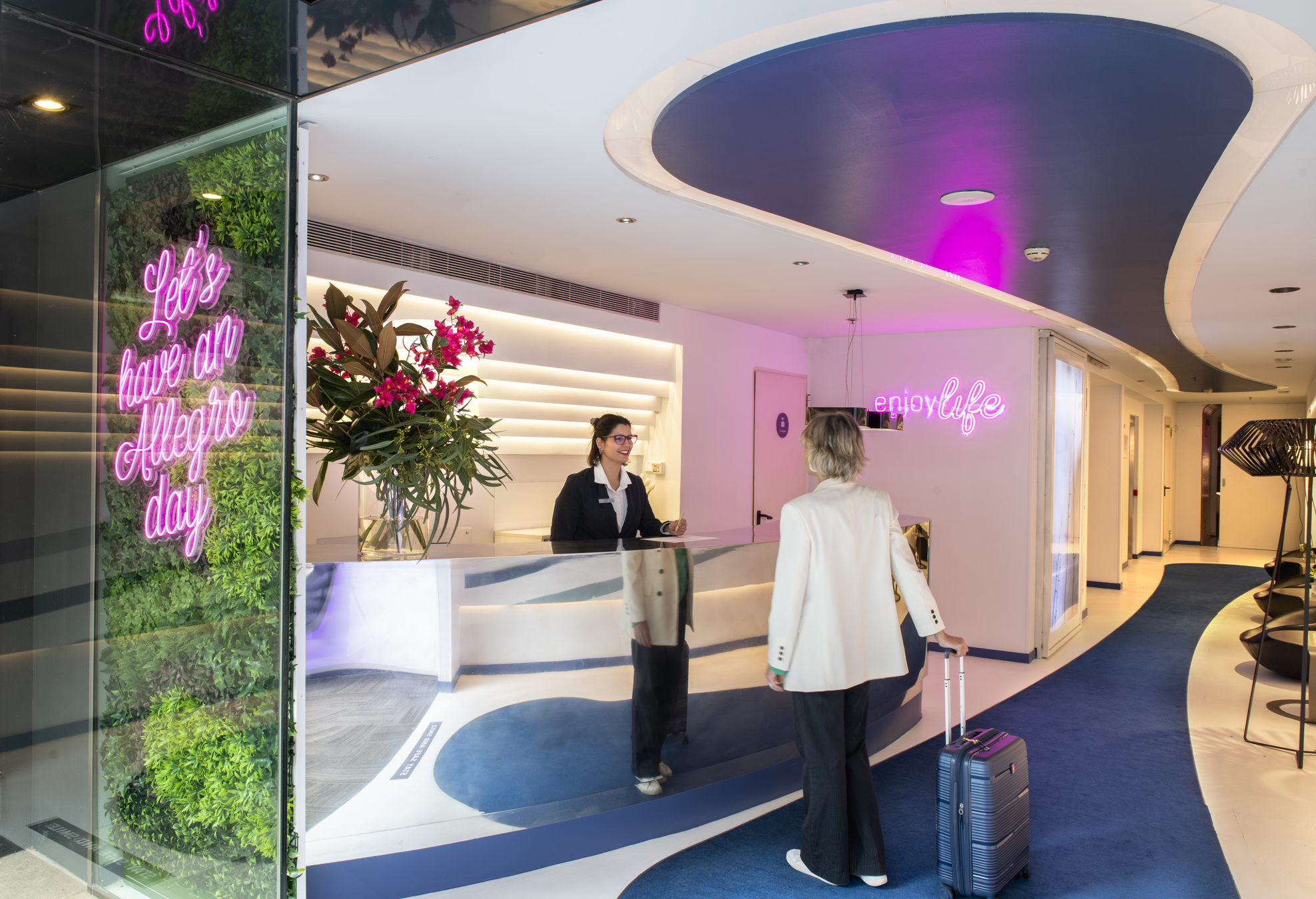Tradition, stones, forests, charm, peace and quiet and much more. The words used to describe the Catalan village of Mura inevitably refer to the extraordinary combination of history and nature that gives meaning to this small village in the Montcau valleys.
Plan a trip from Barcelona to this place in the heart of Sant Llorenç del Munt and l’Obac Natural Park and enjoy strolling among its stone houses, contemplating its lush mountain scenery, tasting its rich gastronomy and discovering the secrets of its long history.
Echoes of the medieval: the history of Mura
The first records of this tiny village in the province of Barcelona date back to the turn of the first millennium. By the eleventh century Mura already had the medieval charm it still has today. Traditional agriculture and, in particular, vine cultivation and wine-making (until phylloxera devastated the vineyards in the nineteenth century) defined life in this corner of the Bages region over the centuries.
The old mills and the vats and cellars used for making wine, the old mansion houses linked to trades that have since disappeared, the vegetable gardens that flank the Nespres stream, the springs… Each corner of Mura resounds with the echoes of a remote past that resists, despite everything, falling victim to rampant modernity. In any case, nowadays, the little more than 200 residents of Mura welcome all kinds of visitors (especially at weekends) who seek to discover and enjoy the inexhaustible charm of this medieval gem and its privileged natural environment.
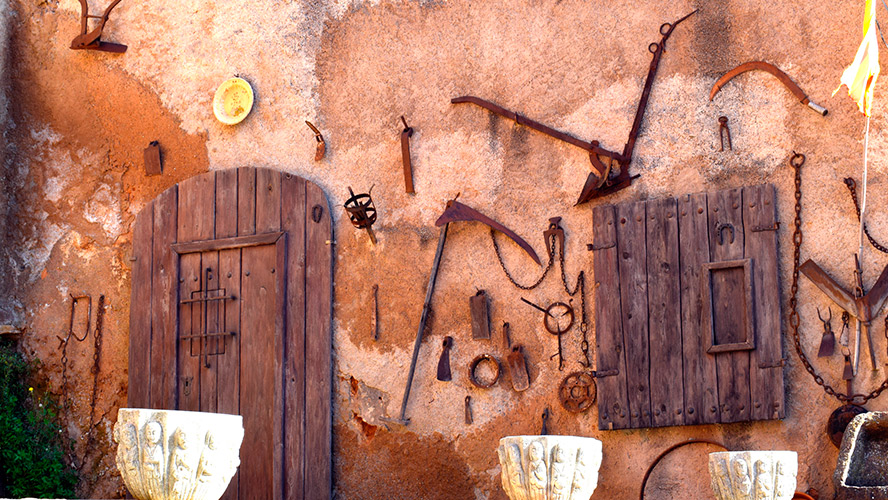
What to see and do in Mura
This tiny Catalan village is one of those places that can be visited practically in its entirety and simply wandering through its streets means enjoying an authentic journey back in time.
Old town
The heart of the village is naturally the oldest part, a place where the echoes of the past still resound. Perched on the slope of a narrow valley, the place is a jewel carved in stone, and wandering through its narrow charming streets is naturally a true delight. Balconies covered in flowers, the odd washhouse, small squares, arches and stone houses… The old town of Mura is a place where the history can be felt.
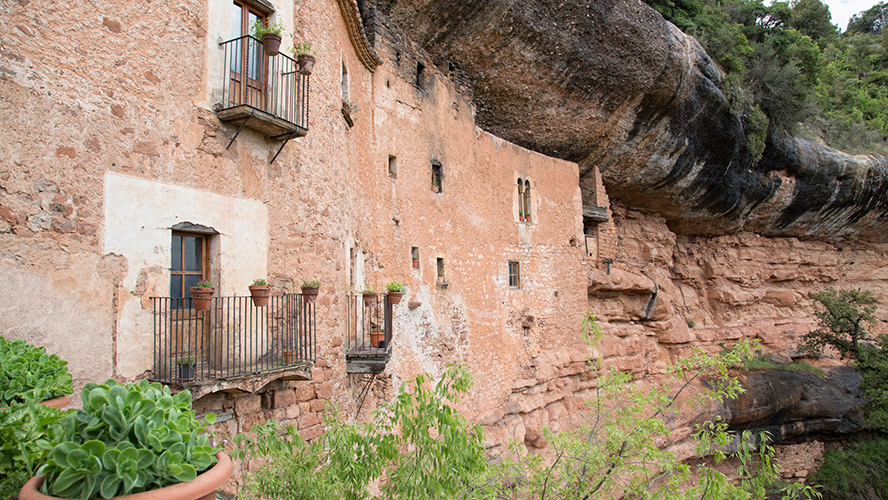
Sant Martí church
Situated in the lower part of the village, looking out onto Nespres stream, this small Romanesque-style church which naturally underwent subsequent alterations is one of Mura’s gems. Its magnificent twelfth-century façade is one of the building’s most striking features. The scene of the Adoration of Magi displayed inside the tympanum is remarkably well preserved. Inside, its three naves boast a range of decorative details that help explain the church’s long history.
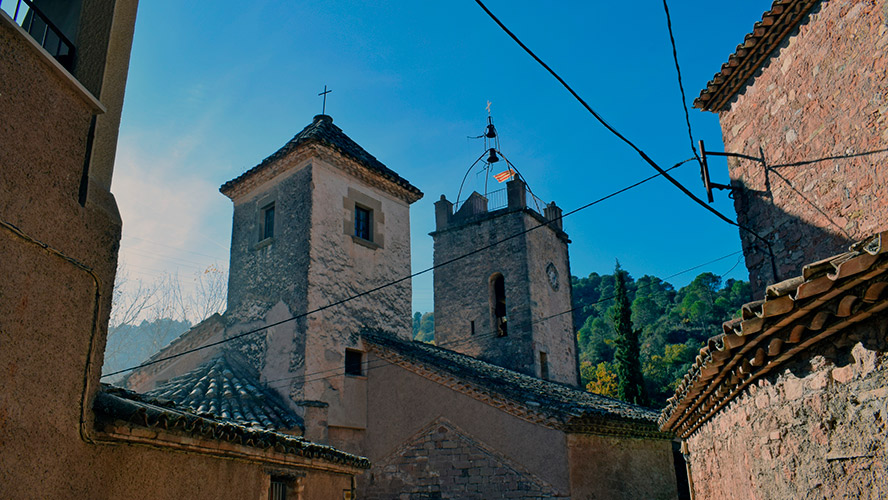
Old Town Hall
Behind Sant Martí church, the former town hall of Mura is a great example of typical local architecture. Converted into the headquarters of the Asociación Recull Histórico de Mura, it is dedicated to conserving the identity, memory, traditions and history of the village of Mura. What’s more, just a short walk from there, a small square known as the Mirador del Ayuntamiento offers one of the best views of the village and the surrounding area.
Puig de la Balma House-Museum
One of the most emblematic places in Mura is this old twelfth-century farmhouse steeped in the municipality’s rich history. Built into a rocky outcrop in the heart of the Sant Llorenç de Munt i L’Obac Natural Park, Puig de la Balma is situated around 2 kilometres from the historical centre of Mura and houses a restaurant, five rooms and an interesting museum displaying an extensive collection of utensils and tools linked to the day-to-day work that took place in the farmhouse itself.
Incidentally, Puig de la Balma was one of the main locations of the award-winning film Pa negre (2010), written and directed by Agustí Villaronga.
Other places to see in Mura en Mura
A trip to Mura is not complete without visiting places such as the seventeenth-century Sant Antoni hermitage, located on the outskirts of the village. Or Molí del Mig, an eleventh-century former mill that also has a vegetable garden where typical products are grown and a small museum offering insight into the lives of local farmers. What’s more, Molí del Mig offers different guided tours to discover all there is to know about Mura and the surrounding area.
Passatge Camil Antonietti, one of the most picturesque passageways in Mura; the bare remains of the old Mura castle, on the outskirts of the village; the irrigation channels of Mura’s vegetable gardens, on the other side of the Les Nespres stream; the Balma del Perich, an old farmhouse located in a large cave (similar to Puig de la Balma); the Ca l’Arola stone vats and the building of Mura’s former textile factory, now converted into a Civic Centre, are just some of the places that are also worth visiting.
Where to eat in Mura
Gastronomy in Bages is intrinsically linked to the region itself. Products such as white aubergines, local varieties of oil, Mura chickpeas, pink tomatoes and many others invite you to enjoy the authentic flavours of the region through seasonal local produce, in which tradition is seasoned with innovative touches. All of which is best paired with DO Pla de Bages wines.
In any case, places such as Cal Carter, run by the Perich family; Hostal de Mura, which specialises in traditional Catalan cooking and local produce; Les Olles dels Caus, which offers mountain cuisine, local recipes and local produce; and El Café de Mura, where you can enjoy the delicious flavours of the land in the heart of the town’s historic quarter.
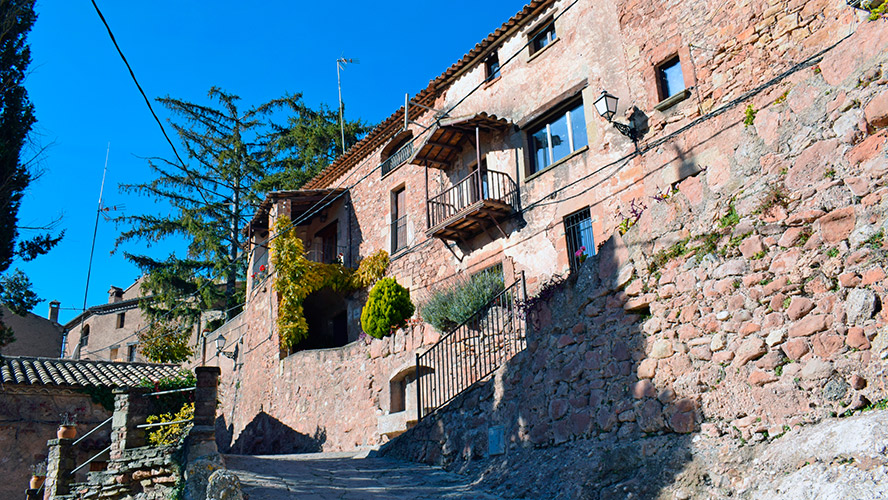
What’s more, the old coal cellar and the room housing the old oven of Puig de la Balma have been transformed into a restaurant serving dishes made with local produce, such as vegetables, meat, sausages, honey and much more. Traditional home-cooking in a magical place.
What to see in the surrounding area of Mura
Of the 49 km2 of surface area that the municipality of Mura covers, 90% is part of the Sant Llorenç del Munt i l’Obac Natural Park. This not only underlines the rich natural heritage found in Mura but also the fact that Mura is an excellent starting point for exploring an area full of surprises.
The area boasts a range of hiking routes, many of them signposted, through which you can explore the surroundings of the village. Routes such as the Nespres stream route, which is just over 5 kilometres long, and the Mil Fuentes route (2.77 km), which take in some of the many natural springs that flow in the vicinity of Mura, as well as the remains of an old flour mill and a lime kiln, are just a couple of examples.
Nearby attractions also include places such as the Gorg del Pare, an exceptional natural area that in spring and autumn, when the water is more abundant, boasts small waterfalls and beautiful pools. Or, Mura cave, a fantastic geological formation that is about 180 metres deep and was used as a collective burial site around 4,000 years ago. Visits to the cave must be arranged in advance at Mura Information Centre.
How to get there from Barcelona
The easiest way to get to Mura is of course by car, whether it is your own or a hired vehicle. Mura is just over 50 kilometres from the centre of Barcelona. The best way to get to the village from Sabadell and Matadepera is the BV-1221, which takes you through Sant Llorenç Natural Park itself.
It is also possible to travel by train to Terrassa (lines S1, R12 and R4) and from there continue by taxi or bicycle to Mura. This option, however, may not be very practical and is somewhat expensive if you take a taxi or quite challenging if you go by bike (around 25 km along quite an uphill route). The option, at any rate, is there.

Best hotels in Barcelona
After a fantastic excursion through Mura and the Sant Llorenç del Munt i l’Obac Natural Park there is nothing like enjoying a first-class stay in any of the Barceló Group hotels in Barcelona.
The hotel Barceló Raval offers an eclectic, cosmopolitan experience in the heart of the Catalan capital Meanwhile, the Barceló Sants , with its cutting-edge, futuristic image, allows you to take advantage of the AVE high-speed train and Barcelona’s metro and train networks, making it the best-connected hotel in the city.
Additionally, the Allegro Barcelona, located in the popular Eixample district, is the perfect option for enjoying a getaway with your partner, with friends or your family, just a short walk from some of the main tourist attractions and dining and entertainment options in the city.
And whether its 150 metres from the beach, right on Avinguda de la Diagonal, or just a short walk from the emblematic Plaça d’Espanya, Barcelona’s three Occidental Hotels – Occidental Atenea Mar – Adults Only , Occidental Diagonal 414 and Occidental Barcelona 1929 – offer a first-rate stay featuring all the necessary services and extraordinary gastronomy.





































































